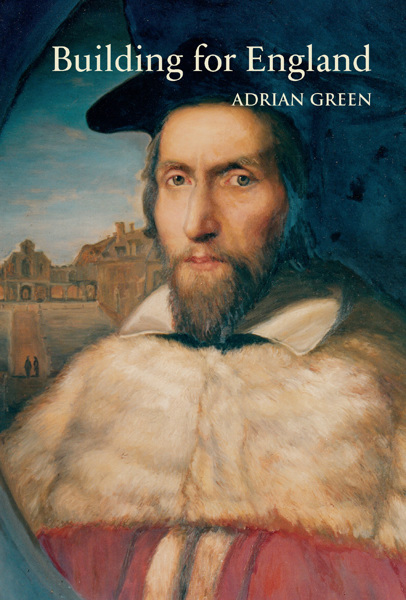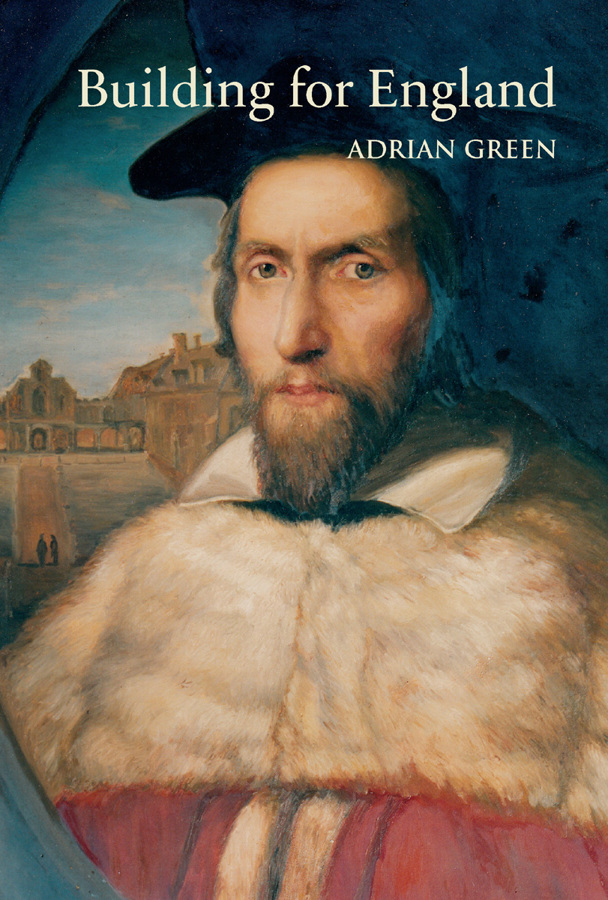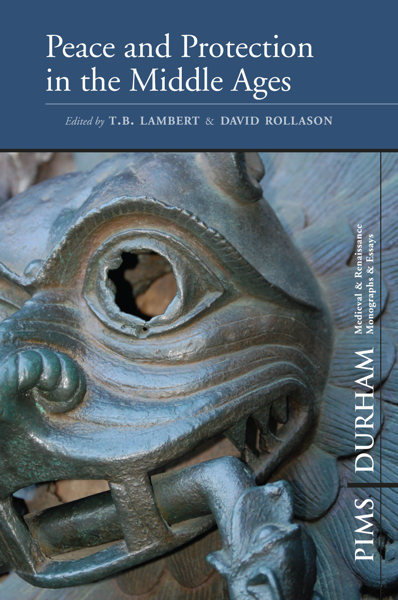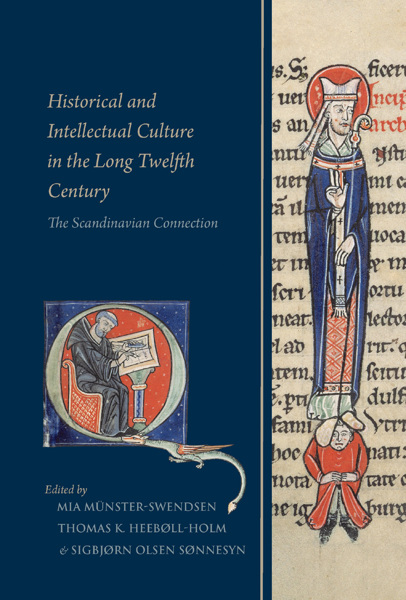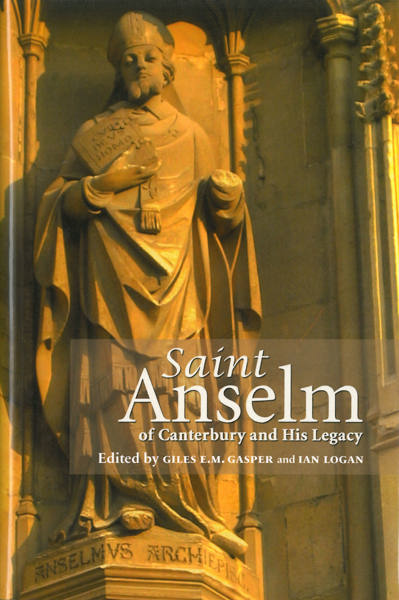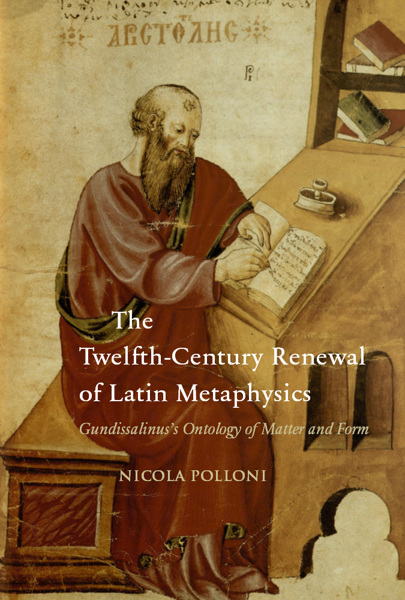
- Pages: 151 p.
- Size:150 x 230 mm
- Illustrations:14 b/w, 12 col.
- Language(s):English
- Publication Year:2016
- € 80,00 EXCL. VAT RETAIL PRICE
- ISBN: 978-0-88844-863-7
- Hardback
- Available
John Cosin (1595–1672), a leading cleric in seventeenth-century England, rode the changing tides of preference under James I and Charles I, endured exile during the Interregnum, and finally became Bishop of Durham at the Restoration. Inspired by the architecture of Dr. Caius at his undergraduate college in Cambridge, and encouraged by his patron Richard Neile, Cosin developed an appreciation for the architecture of the English Church. Under Bishop Neile, Cosin became a prebend of Durham Cathedral and Rector of Brancepeth in the Bishopric of Durham during the 1620s, as well as master of Peterhouse and vice chancellor at Cambridge University during the 1630s. Cosin spent the years 1643 to 1659 in exile in Paris before returning to become Bishop of Durham from 1660 until his death in 1672. Actively involved in church architecture, Cosin devoted himself to promoting the “beauty of holiness” programme so important to the English Arminian clergy, from the 1620s through to the 1670s. Cosin also rebuilt his Rectory at Brancepeth in the 1620s and remodelled Durham and Auckland episcopal palaces in the 1660s. As Bishop, Cosin created an episcopal library at Durham emulating the libraries of the Italian and French prelates, Cardinal Borromeo in Milan and Cardinal Mazarin in Paris. Cosin also laid out gardens at Durham and Auckland Castles, rebuilt Durham’s county court, bishop’s almshouses, and schools on Palace Green, and directed the rebuilding of Durham’s town hall and alterations at Durham Cathedral. John Langstaffe, master mason, executed the work at Durham, and drawings by Cosin and Langstaffe illuminate the patron-craftsman relationship, as does Cosin’s surviving correspondence and the documentation for his craftsmen. Setting the architectural patronage of Cosin in the context of his ambitions for the English Church, this volume argues that his architecture sprang from a national impulse for the greater glory of England and embodies his theology of free will and authoritarian ideology.
